Beyond Breathing: 9 Great Mindfulness Activities to Try With Your Students
July 23, 2024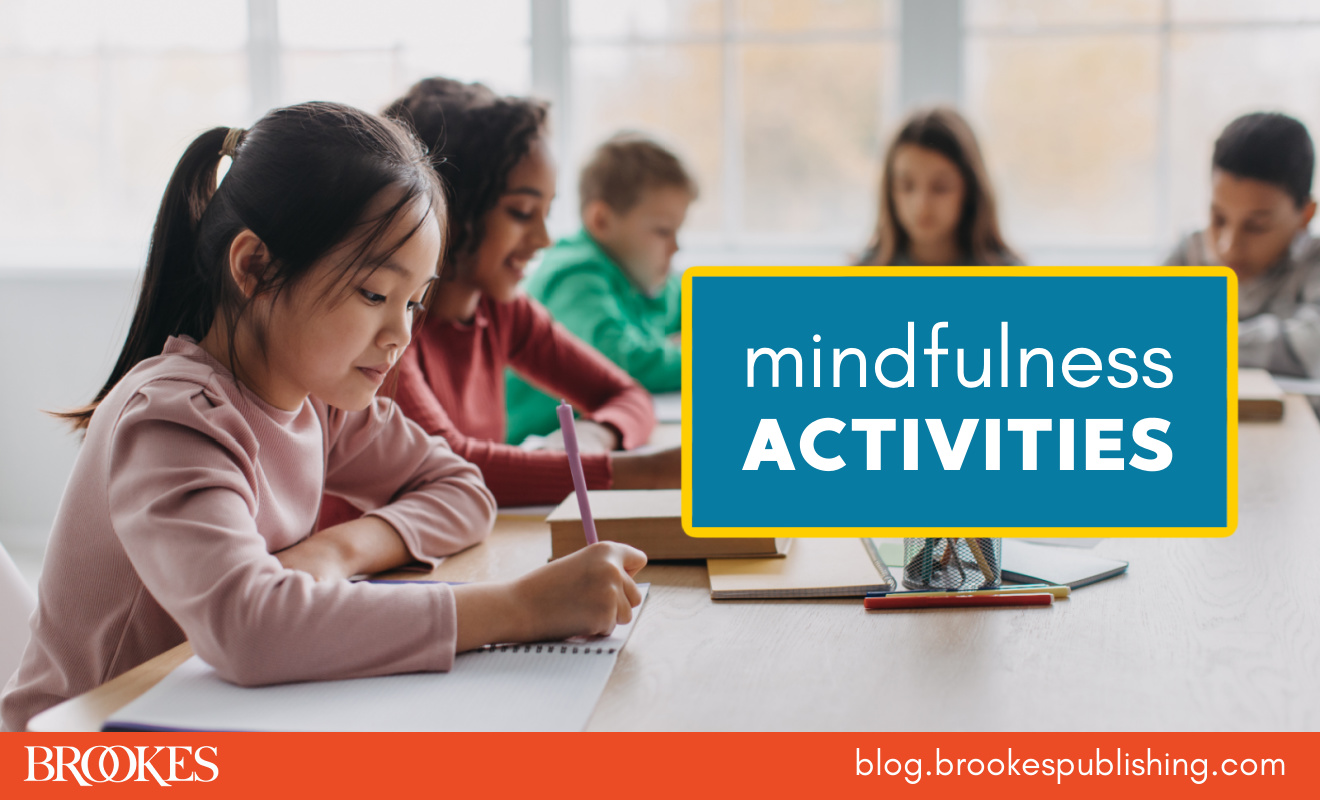
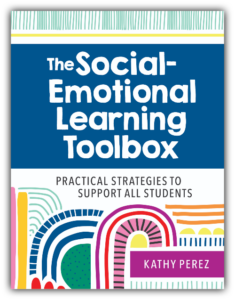 *Today’s blog post has been adapted from The Social‑Emotional Learning Toolbox by Kathy Perez.
*Today’s blog post has been adapted from The Social‑Emotional Learning Toolbox by Kathy Perez.
The benefits of mindfulness in school settings have been proven through extensive research over the last 30+ years. This research demonstrates just how powerful the practice of mindfulness is in helping students regulate their emotions and refocus their energy on learning and the tasks in front of them. Mindfulness has been shown to:
- Decrease stress
- Improve sleep
- Improve concentration and memory
- Enhance relationships and compassionate behavior
- Improve attention span and ability to focus
- Promote emotional awareness and regulation
- Enhance resiliency and frustration tolerance
- Promote flexibility and creativity
Though many people think of breathing exercises when they think of mindfulness, there are many other creative activities you can use to teach mindfulness practices to your students. Here are 9 suggestions to try in your classroom:
Mindfulness Mantra. This is a very simple exercise and involves the practice of directing positive thoughts and well wishes to ourselves and others. It is easy to do and easy to learn. You should model it first and then have the children repeat and chant after you. Ask the children to sit comfortably with their eyes closed and imagine what they wish for in their life. They can use the following four phrases: May I/you be happy, May I/you be safe, May I/you be healthy and strong, and May I/you be peaceful and at ease.
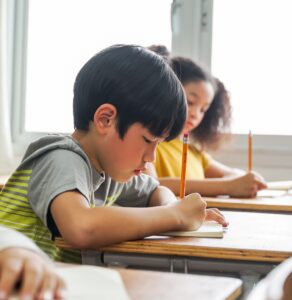 Journaling and Free-Writes. This can be a positive and relaxing mind–body exercise for your students. Putting their thoughts and feelings on paper gives children an opportunity to work out problems or stressors they are experiencing—sadness, loss, worries, anger, challenges—as well as the chance to remember fun experiences. The format might be a list, poem, essay, letter, or random words and letters. Try not to prescribe the content or format of their writing. The goal is to get them comfortable expressing their feelings in words in any way they choose. Sometimes students may need an open-ended prompt like “One of my favorite stories I’ve ever heard or read is…” or “My favorite place to be is…”
Journaling and Free-Writes. This can be a positive and relaxing mind–body exercise for your students. Putting their thoughts and feelings on paper gives children an opportunity to work out problems or stressors they are experiencing—sadness, loss, worries, anger, challenges—as well as the chance to remember fun experiences. The format might be a list, poem, essay, letter, or random words and letters. Try not to prescribe the content or format of their writing. The goal is to get them comfortable expressing their feelings in words in any way they choose. Sometimes students may need an open-ended prompt like “One of my favorite stories I’ve ever heard or read is…” or “My favorite place to be is…”
Tune In to the Heart. Have your students jump up and down or do jumping jacks for 1 minute. Then have them sit down and put their hand over their heart, closing their eyes and paying attention to their heartbeat. Discuss how they feel or encourage students to write about it in a mindfulness journal.
 Dance Party! Crank up the music and dance! Get out of your head and into your body. Take a much-needed “brain break” with your students and allow some free-dance movement time. This is a very positive way to “shake it out” and release the stress and uncomfortable emotions that you and your students may be experiencing.
Dance Party! Crank up the music and dance! Get out of your head and into your body. Take a much-needed “brain break” with your students and allow some free-dance movement time. This is a very positive way to “shake it out” and release the stress and uncomfortable emotions that you and your students may be experiencing.
Clench and Calm. While they are in their seats, instruct students to raise their shoulders up and clench both of their fists, holding this tension for at least 5 to 10 seconds. Then ask them to release their fists and shake them out.
 Guided Imagery. Guided visualizations are an excellent way to help students clear their minds of worries or stressors. There are many guided visualizations available for educators to use. While your students are quietly listening to the visualization (recorded or read aloud slowly), have them sit quietly and comfortably in their chairs or on the floor. Tell them to close their eyes and listen to the rhythm of their breathing as they follow the directions, and focus their attention on relaxing one part of their body at a time. End the guided imagery session with a few deep breaths, and then have students draw what they imagined and discuss their ideas as a class. Afterward, help them remember what this relaxed state feels like whenever they are worried, afraid, or angry.
Guided Imagery. Guided visualizations are an excellent way to help students clear their minds of worries or stressors. There are many guided visualizations available for educators to use. While your students are quietly listening to the visualization (recorded or read aloud slowly), have them sit quietly and comfortably in their chairs or on the floor. Tell them to close their eyes and listen to the rhythm of their breathing as they follow the directions, and focus their attention on relaxing one part of their body at a time. End the guided imagery session with a few deep breaths, and then have students draw what they imagined and discuss their ideas as a class. Afterward, help them remember what this relaxed state feels like whenever they are worried, afraid, or angry.
 Stretch to the Sky. Ask children to stretch toward the sky and reach upward on their toes, stretching their entire body. Have them hold their breath for at least 5 seconds while doing deep breathing, and then release. Ask them to shake their body out and then do it again.
Stretch to the Sky. Ask children to stretch toward the sky and reach upward on their toes, stretching their entire body. Have them hold their breath for at least 5 seconds while doing deep breathing, and then release. Ask them to shake their body out and then do it again.
Be the Sky. Ask children to close their eyes and imagine that their thoughts are as big as the sky. As thoughts pop up (which they will do), just notice them. Prompt students with the following questions: Can you see each thought as a bird flying through the huge sky of awareness? Can you watch the thought as you would a bird, with wonder, and without knowing what will happen next? Is the bird (your thought) fast or slow, loud or quiet, calm or scary? Can you just be aware of it, or does it need your immediate attention?
 Doodling or Drawing. Drawing, doodling, and coloring can be wonderful mind–body exercises to calm and focus your students. Take a break from your hectic schedule and put on soft music, dim the lights, and let your students enjoy creating something unique. (You may even want to join in!) Being willing to press the “pause button” and foster quiet concentration will help increase your students’ capacity for a soothing strategy to use in upsetting situations, such as when they are in a fight with a friend or are worrying about not finishing homework. You might want to try to give them a drawing prompt such as “Draw a favorite pet or animal” or “Draw your favorite place.”
Doodling or Drawing. Drawing, doodling, and coloring can be wonderful mind–body exercises to calm and focus your students. Take a break from your hectic schedule and put on soft music, dim the lights, and let your students enjoy creating something unique. (You may even want to join in!) Being willing to press the “pause button” and foster quiet concentration will help increase your students’ capacity for a soothing strategy to use in upsetting situations, such as when they are in a fight with a friend or are worrying about not finishing homework. You might want to try to give them a drawing prompt such as “Draw a favorite pet or animal” or “Draw your favorite place.”
Try these activities with your students to help them reap the benefits of mindfulness and support their readiness for learning. And for a practical guide to infusing social-emotional learning (SEL) into each school day, get the book behind today’s post!

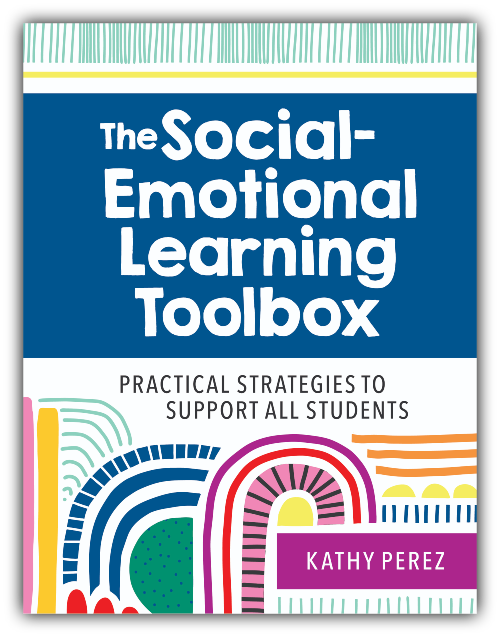
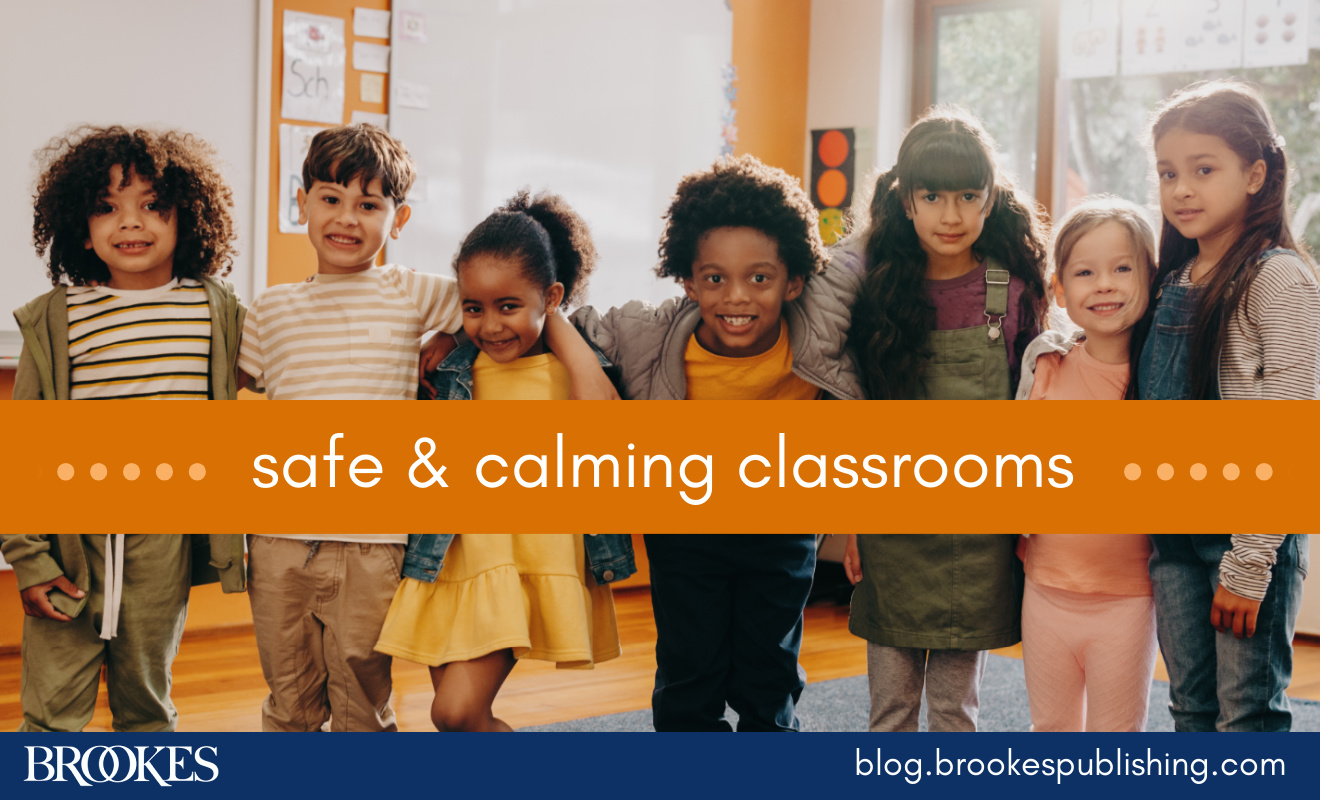
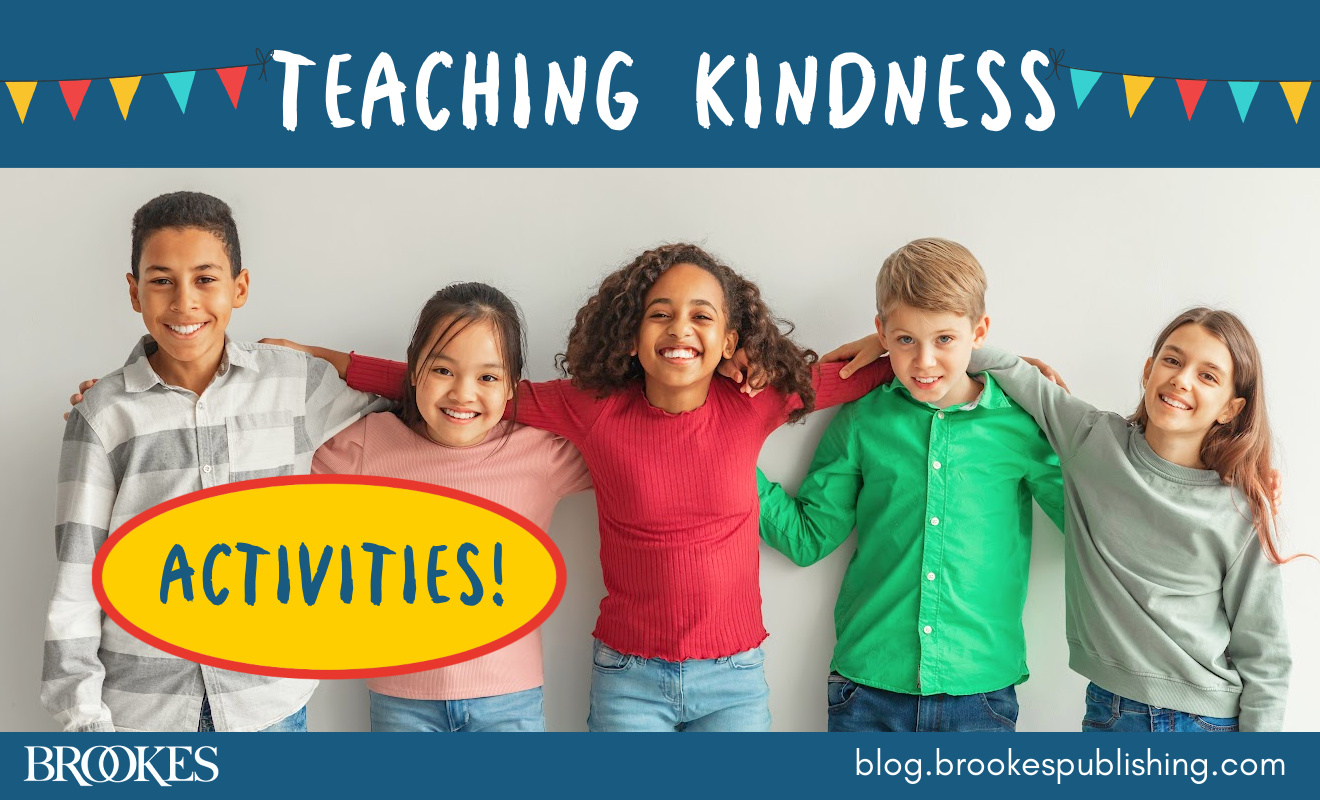
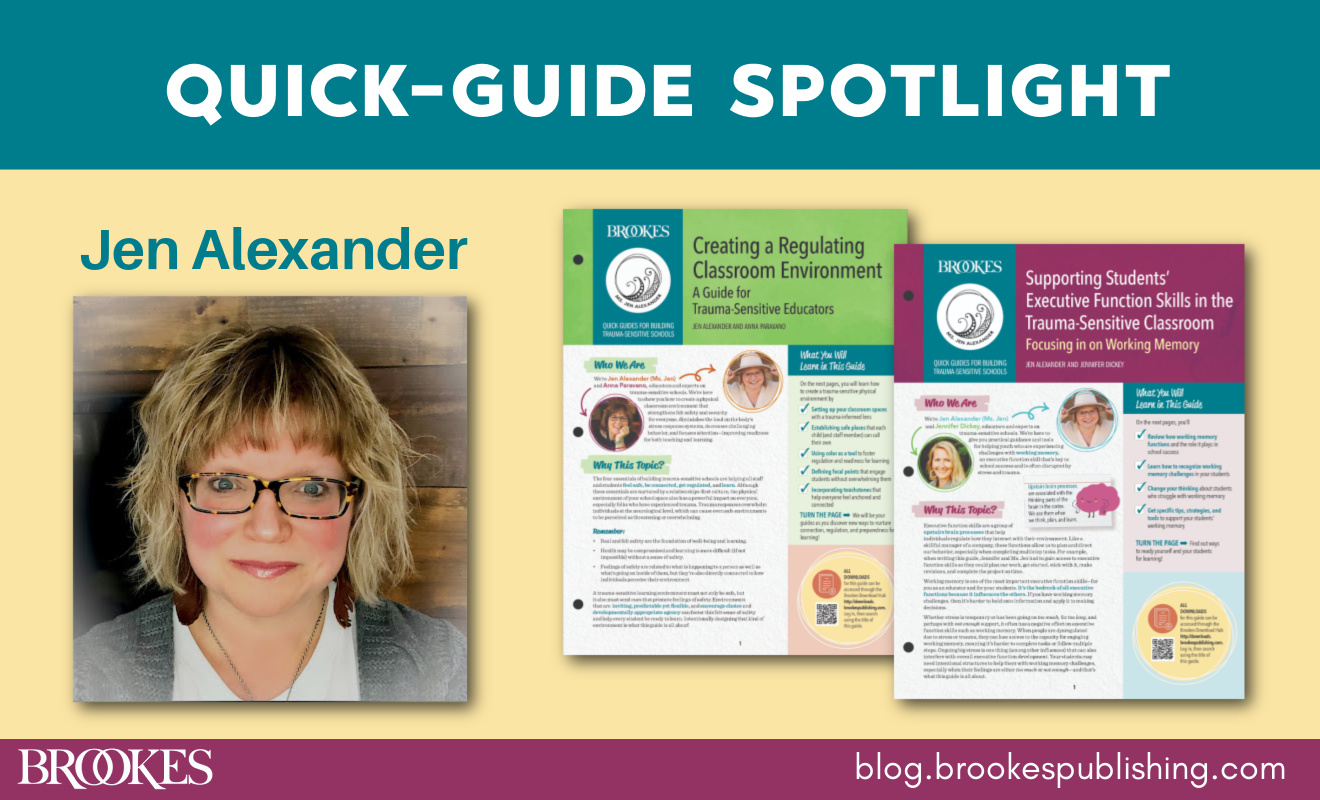
Write a Comment
Your email address will not be published. Required fields are marked *
Post a Comment